Search
Search Results
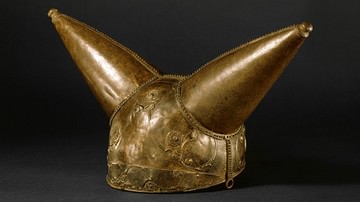
Collection
The Celts of Ancient Europe
In this collection, we examine in detail the Celtic peoples of ancient Europe. We look at their origins in central Europe with the Hallstatt and La Tène cultures, the warfare and migration of the Celts, their society, art, religious beliefs...
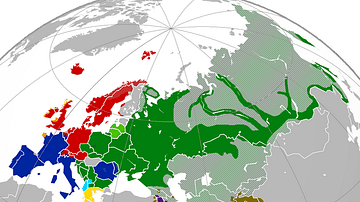
Definition
Indo-European Languages
The Indo-European languages are a family of related languages that today are widely spoken in the Americas, Europe, and also Western and Southern Asia. Just as languages such as Spanish, French, Portuguese and Italian are all descended from...

Image
Celtic Warrior Figurine
A terracotta figurine of a Celtic warrior. Likely a Celtic Gaul. From Egypt, 220-180 BCE. (British Museum, London)
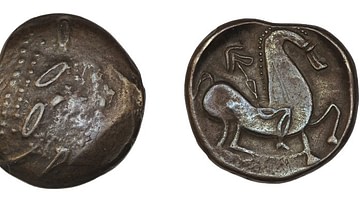
Image
Celtic Coin with Abstract Horse
Celtic coin from modern-day Romania, 3rd- 2nd century BCE. The reverse depicts a horse and helmeted rider while the obverse depicts the head of Zeus, it is one of many imitations of Greek currency to be minted in Celtic Europe in ancient...

Video
Ancient Celtic Religion, Druids and Funerary Beliefs
The Ancient Celtic religion was a polytheistic one, with numerous gods with sometimes overlapping responsibilities. The ancient Celts, who occupied parts of western and central Europe during the Late Bronze Age and through to the Iron Age...
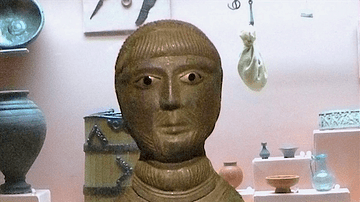
Image
Celtic Warrior, Gaul
A Celtic warrior statue from Gaul. Bronze with glass inlay, 1st century BCE or 1st century CE. From Saint-Maur-en-Chaussée, Oise, France. (Musée départemental de l'Oise)

Image
Celtic Parade Helmet
A Celtic parade helmet in bronze and iron covered in gold with coral inlay, c. 350 BCE. Found buried in a cave in Agris, western France. It is a fine example of the use of vegetal motifs in ancient Celtic art. (Bernisches Historisches Museum...
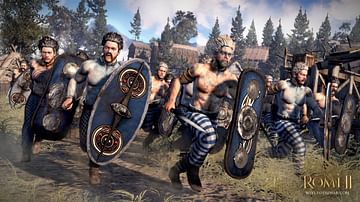
Image
Painted Celtic Warriors
An artist's impression of how Celtic warriors may have looked in battle. Roman writers describe such warriors as wearing blue paint, having long hair dyed blond using lime and clothing with distinctive patterns.
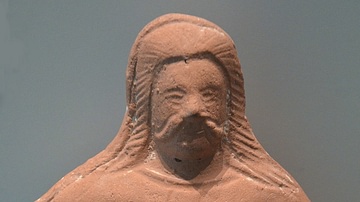
Image
Celtic Warrior
Terracotta statuette of a warrior carrying a Celtic shield. He is depicted with long hair, drooping moustache, trousers and a tunic. 2nd century CE. (Ashmolean Museum, UK)
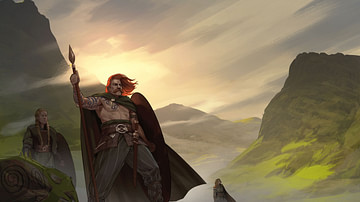
Image
Celtic Warriors
Artist's impression of Celtic warriors standing on a hill. Created by Amplitude Studios for the video game Humankind.